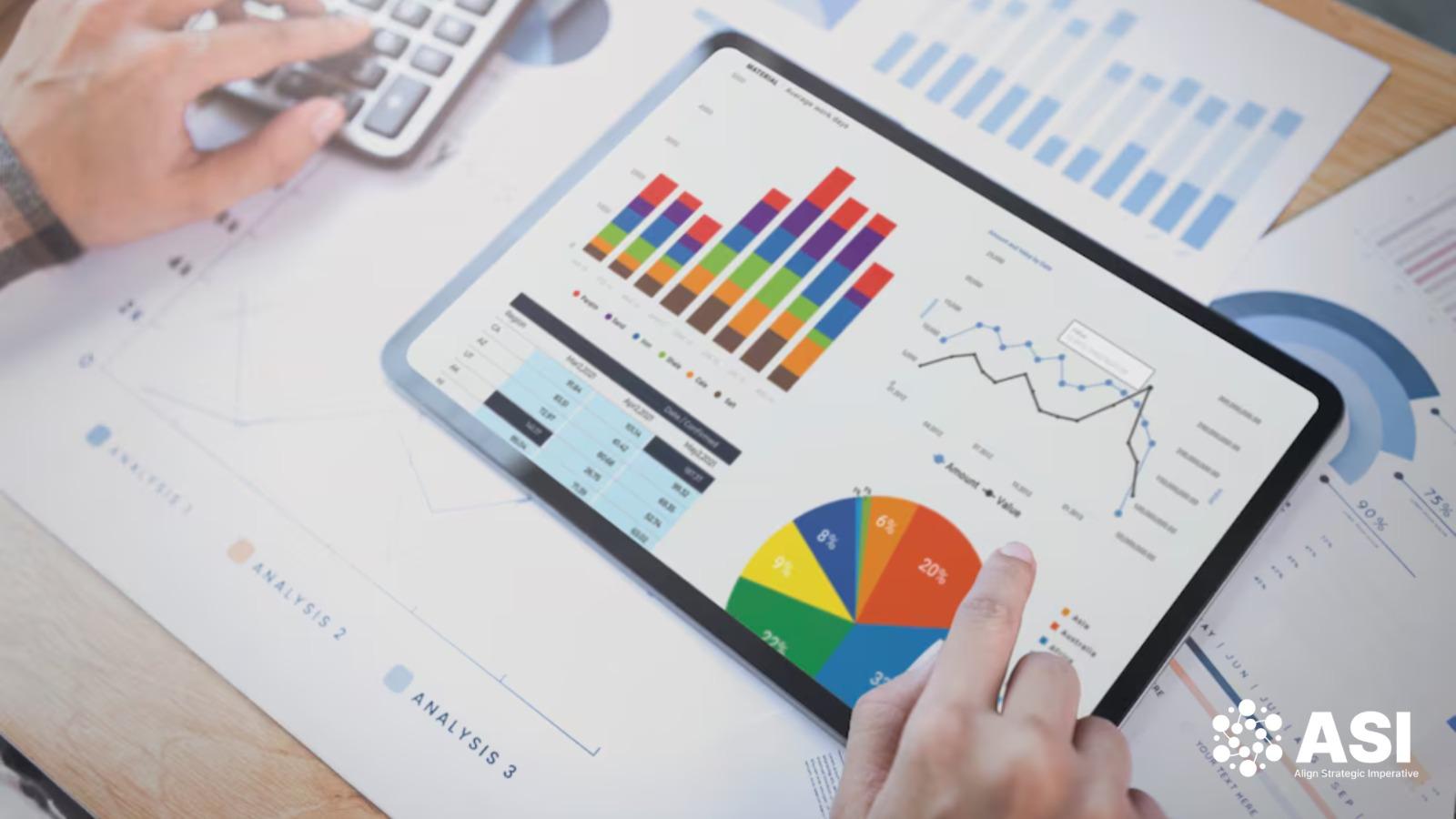How Nifedipine Is Transforming the Treatment of Hypertension and Angina

Nifedipine Market: Industry Overview and Outlook
The global nifedipine market is experiencing steady growth, driven by the increasing prevalence of cardiovascular diseases such as hypertension, angina, and arrhythmias, as well as a rising global geriatric population. Nifedipine, a calcium channel blocker, is widely prescribed to relax blood vessels and reduce heart workload, making it a cornerstone therapy for managing chronic cardiovascular conditions. The market is projected to grow from about ₹10,400 crore (USD 1,256.7 million) in 2025 to ₹19,500 crore (USD 2,357 million) by 2032, at a CAGR of 9.4%123. In India and other emerging markets, the expansion of healthcare infrastructure, rising awareness of cardiovascular health, and the availability of affordable generic formulations are accelerating adoption. Key trends include the development of extended-release and controlled-absorption formulations, which improve patient compliance and offer new growth opportunities for pharmaceutical companies, despite challenges such as generic competition and regulatory hurdles.
more insights - https://alignstrategicimperative.com/industry/nifedipine-market/
Why Nifedipine Market Matters
-
Management of Chronic Cardiovascular Diseases: Nifedipine is essential for controlling hypertension, angina, and arrhythmias, reducing the risk of heart attacks and strokes.
-
Improved Patient Compliance: Extended-release formulations allow for fewer daily doses, enhancing adherence and long-term health outcomes.
-
Affordable Treatment Option: The availability of generic nifedipine makes it accessible to a broader patient population, especially in low- and middle-income countries.
-
Support for Aging Populations: As the elderly are more susceptible to cardiovascular diseases, nifedipine plays a vital role in geriatric healthcare.
-
Economic Impact: The market supports pharmaceutical innovation, job creation, and healthcare infrastructure development.
Market Drivers
-
Rising Prevalence of Cardiovascular Diseases: Increasing incidence of hypertension, heart failure, and arrhythmias drives demand for nifedipine.
-
Growing Geriatric Population: Aging demographics worldwide are boosting the need for effective cardiovascular therapies.
-
Expansion of Healthcare Infrastructure: Improved access to healthcare in emerging markets facilitates wider adoption of nifedipine.
-
Technological Advancements: Development of novel drug delivery systems and extended-release formulations improves patient compliance and market growth.
-
Increased Awareness and Healthcare Spending: Greater public awareness of cardiovascular health and rising healthcare expenditures support market expansion.
Challenges
-
Generic Competition: The presence of generic alternatives leads to price erosion and reduced profit margins for branded products.
-
Side Effects and Safety Concerns: Adverse effects such as dizziness, headache, and flushing may deter some patients and prescribers43.
-
Regulatory Hurdles: Stringent approval processes for new formulations and indications can delay market entry and increase costs45.
-
Availability of Alternative Therapies: The emergence of alternative antihypertensive drugs may limit nifedipine’s market share45.
-
Healthcare Policy Changes: Shifts in reimbursement and insurance policies can impact patient access and affordability.
Market Outcome
-
Steady Market Growth: The global nifedipine market is expected to reach about ₹19,500 crore by 2032, with strong demand in both developed and emerging markets.
-
Increased Adoption of Advanced Formulations: Extended-release and controlled-absorption products will drive future product innovation and patient compliance.
-
Technological and Product Innovation: Continued R&D will lead to safer, more effective, and user-friendly nifedipine formulations.
-
Sustainability and Efficiency Focus: Emphasis on reducing side effects and optimizing treatment outcomes will shape future trends.
-
Enhanced Market Penetration: Rising awareness, digital health integration, and infrastructure investments will expand market reach and adoption, especially in Asia-Pacific and India.
Why Nifedipine Market Matters
-
Management of Chronic Cardiovascular Diseases: Nifedipine is essential for controlling hypertension, angina, and arrhythmias, reducing the risk of heart attacks and strokes.
-
Improved Patient Compliance: Extended-release formulations allow for fewer daily doses, enhancing adherence and long-term health outcomes.
-
Affordable Treatment Option: The availability of generic nifedipine makes it accessible to a broader patient population, especially in low- and middle-income countries.
-
Support for Aging Populations: As the elderly are more susceptible to cardiovascular diseases, nifedipine plays a vital role in geriatric healthcare.
-
Economic Impact: The market supports pharmaceutical innovation, job creation, and healthcare infrastructure development.
Market Drivers
-
Rising Prevalence of Cardiovascular Diseases: Increasing incidence of hypertension, heart failure, and arrhythmias drives demand for nifedipine.
-
Growing Geriatric Population: Aging demographics worldwide are boosting the need for effective cardiovascular therapies.
-
Expansion of Healthcare Infrastructure: Improved access to healthcare in emerging markets facilitates wider adoption of nifedipine.
-
Technological Advancements: Development of novel drug delivery systems and extended-release formulations improves patient compliance and market growth.
-
Increased Awareness and Healthcare Spending: Greater public awareness of cardiovascular health and rising healthcare expenditures support market expansion.
Challenges
-
Generic Competition: The presence of generic alternatives leads to price erosion and reduced profit margins for branded products.
-
Side Effects and Safety Concerns: Adverse effects such as dizziness, headache, and flushing may deter some patients and prescribers43.
-
Regulatory Hurdles: Stringent approval processes for new formulations and indications can delay market entry and increase costs45.
-
Availability of Alternative Therapies: The emergence of alternative antihypertensive drugs may limit nifedipine’s market share45.
-
Healthcare Policy Changes: Shifts in reimbursement and insurance policies can impact patient access and affordability.
Market Outcome
-
Steady Market Growth: The global nifedipine market is expected to reach about ₹19,500 crore by 2032, with strong demand in both developed and emerging markets.
-
Increased Adoption of Advanced Formulations: Extended-release and controlled-absorption products will drive future product innovation and patient compliance.
-
Technological and Product Innovation: Continued R&D will lead to safer, more effective, and user-friendly nifedipine formulations.
-
Sustainability and Efficiency Focus: Emphasis on reducing side effects and optimizing treatment outcomes will shape future trends.
-
Enhanced Market Penetration: Rising awareness, digital health integration, and infrastructure investments will expand market reach and adoption, especially in Asia-Pacific and India.
- Art
- Causes
- Best Offers
- Crafts
- Dance
- Drinks
- Film
- Fitness
- Food
- Spiele
- Festival
- Gardening
- Health
- Startseite
- Literature
- Music
- Networking
- Andere
- Party
- Religion
- Shopping
- Sports
- Theater
- Wellness



